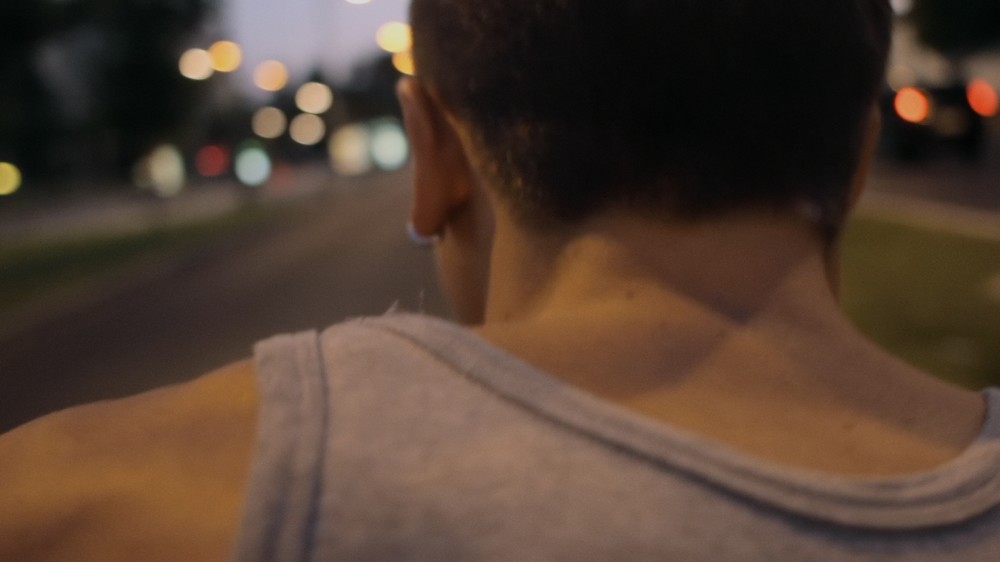Diabetes in Minnesota - Minnesota Department of Health


NEWSLETTER TITLE
The Main Principles Of Facts - JDRF
Though ideally injections ought to be spaced 12 hours apart, differing injection times by 1-2 hours when required will not negatively impact a felines' treatment. Dietary Therapy, A diet plan low in carbs has actually been shown to enhance blood sugar guideline in diabetic cats. There are numerous prescription food choices that are readily available in both damp and dry food kinds, though feeding a wet-food just diet might be beneficial for numerous cats.
The optimal timing of meals for diabetic cats is controversial. Numerous vets advise feeding at the time of insulin injection to avoid a hazardous drop in blood sugar levels. Nevertheless, there is no conclusive evidence that the timing or frequency of meals in diabetic felines secures them from insulin-induced hypoglycemia.

Diabetes Info Graphic Vector Illustration Stock Illustration - Download Image Now - iStock
If food must be kept for any reason, such as an anesthetic treatment, it is normally suggested to give 50 percent of the typical dose of insulin, with careful follow-up tracking to ensure good glycemic control. Close monitoring by both the owner and the vet is a necessary part of treatment for a diabetic cat.
Routine assessments of weight, water intake, and appetite ought to be recorded to help determine if treatment objectives are being fulfilled. Blood sugar curves are the perfect method to keep an eye on blood sugar guideline throughout treatment. Throughout Key Reference , the feline's blood glucose will be checked right prior to receiving an insulin injection, and then every 1-4 hours throughout the day.
Some Ideas on Right Rice & Diabetes Info - KWQC You Should Know

These assessments might need to be performed every few weeks when a feline is very first diagnosed with diabetes in order to identify the proper dosage of insulin, but can be spaced out even more once the diabetes is more well-regulated. Even in a stable cat, blood glucose curves need to still be performed every 3-4 months, as insulin requirements can alter gradually.
